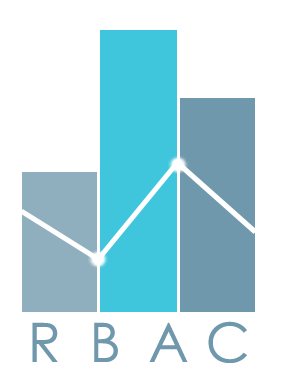The challenge for businesses is to accumulate every scrap of data, integrate these data sets, and then analyze the correlations and non-correlations. Mountains of useful stuff is buried in different parts of the operation, some of it in sales, a bit in marketing, a bunch in the supply chain, and a cluster in HR. Companies that fail to feed all sources of business intelligence into the predictive models are only getting part of the truth.
This isn’t to say, though, that internal business data alone tells the whole truth. That’s because the global marketplace is continuously changing. Even deep-rooted geopolitical and socioeconomic trends can wither overnight, potentially making that corporate bet on a factory in Mexico not so smart after all — even though the internal business data suggested it was a good move.
To make more dependable predictions, companies must integrate real-time external events, like currency fluctuations, stock exchange movements, political stability, and even the weather with all the internal business data they have captured across the enterprise.
These fast-moving external data sets are easier to capture than internal data, thanks to the free flow of information over the internet. The point is to collect available data from inside — and outside — the business. Put aside cognitive assumptions until all the information is captured, and then process what you’ve got.
Source: What The Election Taught Us About Predictive Analytics
